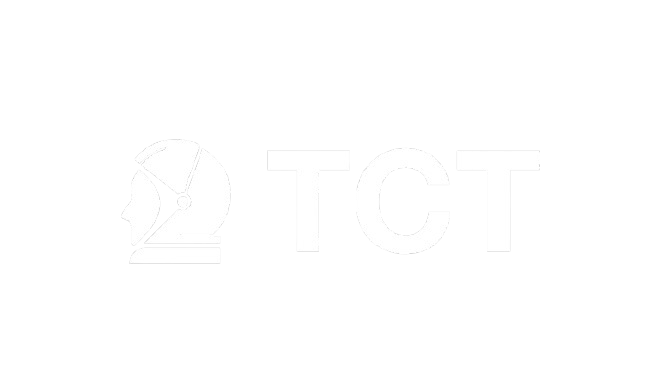Galaxies at the Edge of Time: What Redshift Reveals About the Early Universe
Proof of Multiverse – Eridanus Supervoid: Cosmic link to parallel verse1
Neutron stars: According to the model, rotating neutron stars generate massive magnetic fields.
Center of black hole: What lies at center of blackhole!!1

Advancements in Sensitivity and Detection
In August of 2024, the LUX-ZEPLIN (LZ) collaboration made significant progress in the exploration of dark matter, unveiling groundbreaking results from their first experimental trial. The LZ experiment, one of the most sensitive dark matter detection experiments in the world, is conducted deep underground at the Sanford Underground Research Facility in South Dakota. The detection of dark matter has become more sensitive than ever before in capturing rare interactions between dark energy particles and ordinary matter with unprecedented precision.
Read More
2025 Apocalypse? The Threat of a Solar Flare
Solar cycle 25 is expected to peak in 2025, and scientists are closely monitoring solar activities, including solar flares and coronal mass ejections (CMEs) that are increasing in frequency and intensity. These solar phenomena pose potential threats to technology infrastructures on Earth, including disruptions to satellites, power grids, and communication systems. Among the strongest solar flares recorded was the X3.3 flare on October 23, 2024, marking the largest flare so far in Solar Cycle 25.
Read More